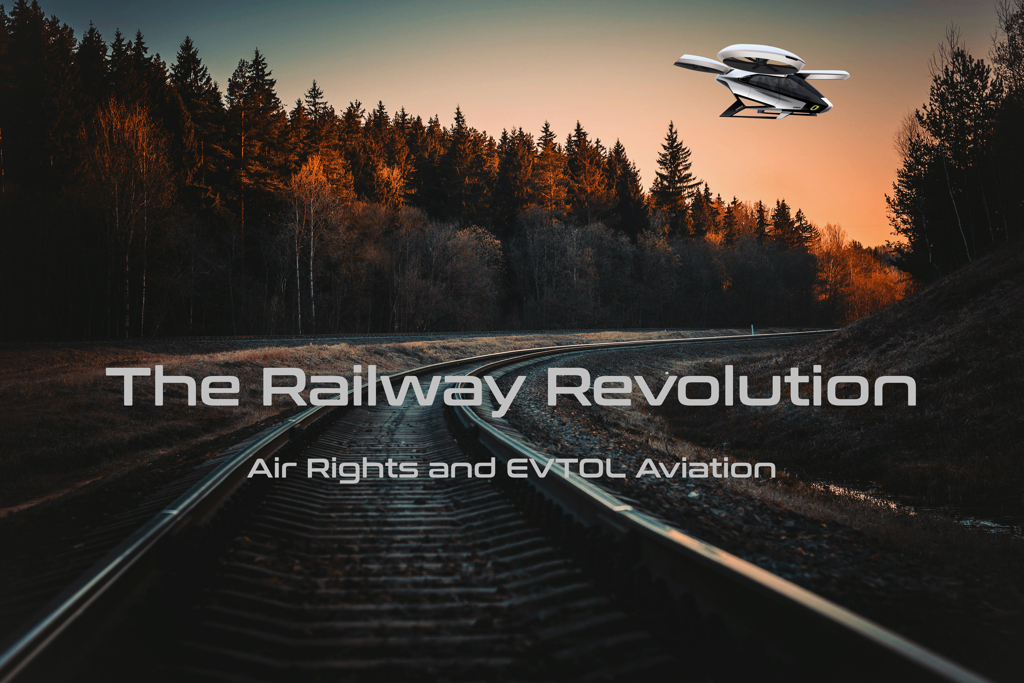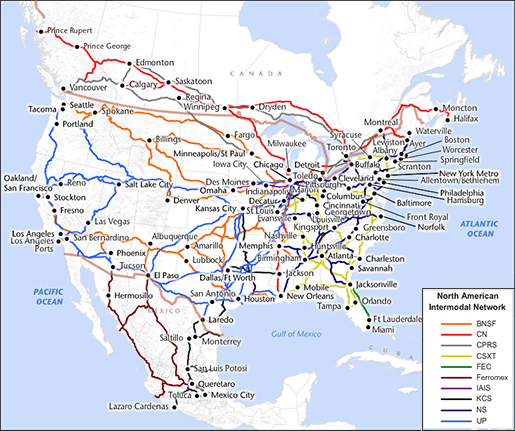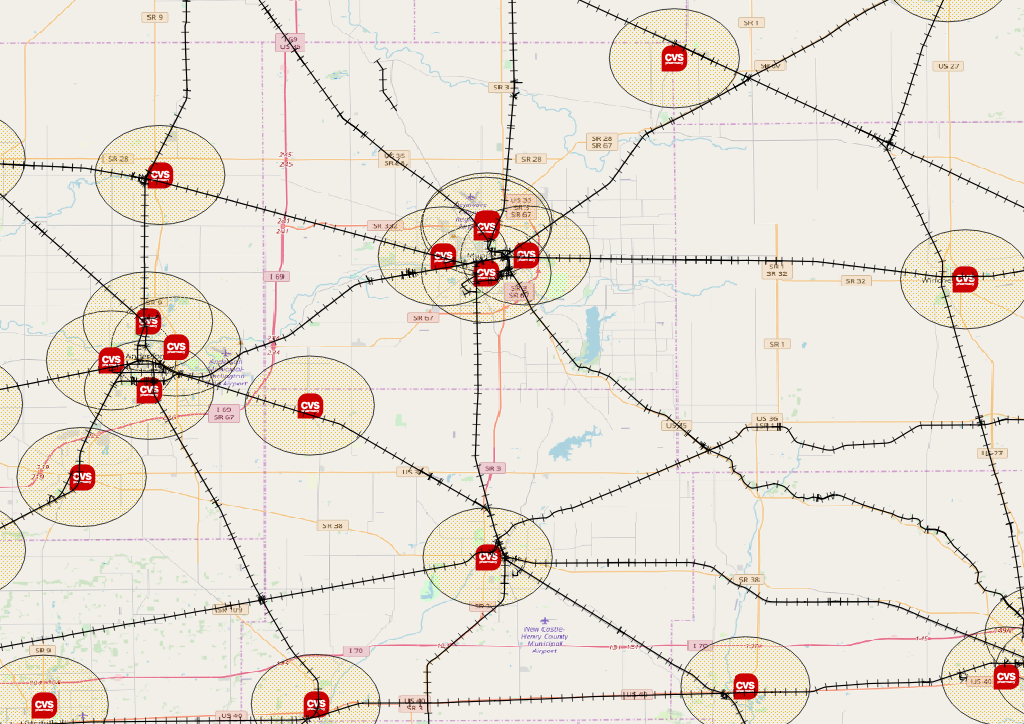
The railway network in the United States is one of oldest, largest and most valuable in the world. As of 2016, the Association of American Railroads (AAR) defines a Class I as having average operating revenues (inflation adjusted) of $453 million annually. Class I operators contain 69% of the industry’s mileage, 90% of its employees, and 94% of its freight revenue. They operate in 44 states and the District of Columbia and concentrate largely on long-haul, high-density intercity traffic.

SkyRights believes the rail networks are a unique solution to the key challenges of EVTOL aviation. Low flying electric aircraft for both drone delivery and air taxi applications will revolutionize transportation assuming the safety, liability, cost and logistics issues can be realistically addressed.
Overflight of low altitude aircraft of populated, residential areas is problematic regardless of whatever FAA regulations are enacted to foster aviation commerce. Issues of privacy, safety and logistics are not easily solved when considering the scale of the drone delivery and air taxi scenarios being proposed by Amazon, Uber and others.
The air rights above Class I rail networks offers a number of unique characteristics for EVTOL aviation that are hard to match:
- Safety
- Cost
- Infrastructure
- Liability
- Revenue
The SkyRights team has analyzed the Class I rail networks in relation to their proximity of key locations for EVTOL commerce such as Amazon and Walmart distribution hubs, hospitals, airports and retail pharmacy chains like CVS and Walgreens. The extensive penetration of railways throughout the U.S., Canada and Mexico and their historic proximity to freight and intermodal junctions offers interesting long haul air corridor scenarios.
For example this map illustrates the intersection of the CSX rail network with CVS Pharmacies in a typical midwest region. The medical industry is actively experimenting with the viability of drone delivery between hospitals for transport of medicines, human tissues etc.

The main advantage of flying EVTOL aircraft over railways is the safety factor. A crash of lightweight electric aircraft on a railway line is less likely to be as catastrophic as in a urban/suburban neighborhood. Also the availability of high-voltage electric infrastructure along rail beds makes remote charging of electric aircraft more viable.
The SkyRights team is dedicated to acquiring, managing and monetizing air rights specifically for EVTOL applications. Please contact us to learn more.
